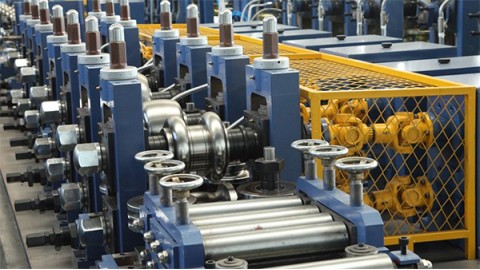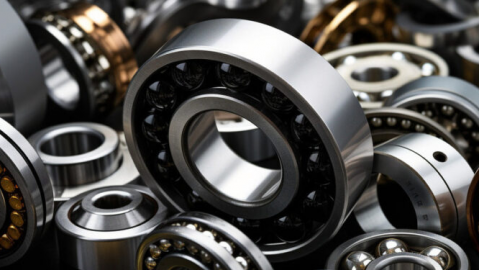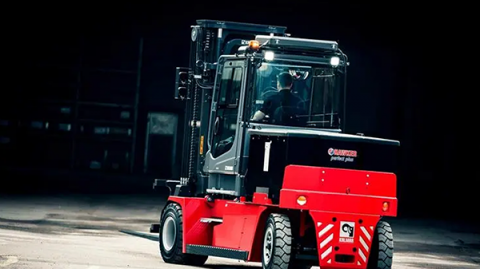Propylene glycol ether and its acetate are the most important downstream derivatives of propylene oxide. Globally, the production of propylene glycol ether and alcohol ether esters is mainly concentrated in countries and regions such as the United States, Europe, Japan, and Brazil. Dow Chemical (DOW), Lyondellbasell, and Shell are the world's leading producers of propylene glycol ether and alcohol ether esters, with the production capacity of Dow Chemical (DOW) accounting for over 30% of the world's total production capacity.
From the perspective of the Chinese market, the production capacity of propylene glycol methyl ether and its acetate in China is concentrated, mainly distributed in East China, South China, and Shandong. The actual production capacity of propylene glycol methyl ether is about 423000 tons. The actual production capacity of propylene glycol methyl ether acetate is about 295000 tons. At present, China has overcapacity in propylene glycol methyl ether and alcohol ether esters, resulting in fierce market competition. The trend of upstream and downstream integration is imperative in order to gain a foothold under multiple competition.
Technical barriers: Currently, high-end electronic products need to be broken through
The high-end and refined development of propylene glycol methyl ether and propylene glycol methyl ether acetate has led to the formation of electronic grade propylene glycol methyl ether and electronic grade propylene glycol methyl ether acetate, which are mainly used as TFT-LCD photoresist diluents, photoresist removers, stripping fluids, IC cleaning agents, photoresist removal buffers, etchant manufacturing processes, and other chemical products requiring special specifications in the production of liquid crystal displays and photoresists. It is also widely used as a solvent for the production of electronic materials. Currently, propylene glycol methyl ether and propylene glycol methyl ether acetate are rarely used in electronic grade applications, mainly due to the fact that their quality still needs to be upgraded, and they have great development potential in the coming years. A few domestic enterprises have advanced production technologies for propylene glycol ether and its acetate series, but the high-end electronic grade (especially semiconductor grade) electronic chemical production and purification technologies owned by a few enterprises in the industry require long-term accumulation to master various key technologies, forming a high technical barrier for manufacturing and application.
Capital barrier: relatively large capital investment
The propylene oxide and its derivative fine chemicals industry is a high-tech, high-risk, and high-investment industry. From product research and development, product performance testing, pilot production, to final product sales of propylene oxide derived fine chemicals, a large amount of time, capital, talent, equipment, and other resources need to be invested. Due to the special requirements of the industry, strong financial support constitutes a barrier to the market. In addition, the electronic grade and semiconductor grade chemical industries have higher requirements for product quality, and they have higher capital and scale requirements for entering enterprises.
Raw material supply: high requirements for raw material procurement and storage
Through years of operation, enterprises in the alcohol ether and acetate industry have established stable upstream and downstream industrial relationships in the industry. The main raw materials in the industry are methanol, propylene oxide, acetic acid, etc. In China, suppliers of these raw materials are usually large chemical enterprises, and suppliers often choose stable downstream customers for product sales. Some of the main raw materials are flammable and explosive, with a certain transportation radius. The company and other production enterprises are located in a national chemical park, and raw materials can be transported nearby through pipelines. On the one hand, it ensures the timely supply of raw materials, and on the other hand, it also promotes upstream suppliers to transfer to stable downstream customers.
Peer competition: domestic trade competition is under great pressure
Currently, the competition in the domestic PM/PMA industry is fierce, and there is often competitive pressure in the market. The biggest reason is that some enterprises have a large production cost advantage, and their supply integration is mature. In recent years, their products have entered the market with great strides, and price competition is inevitable.




